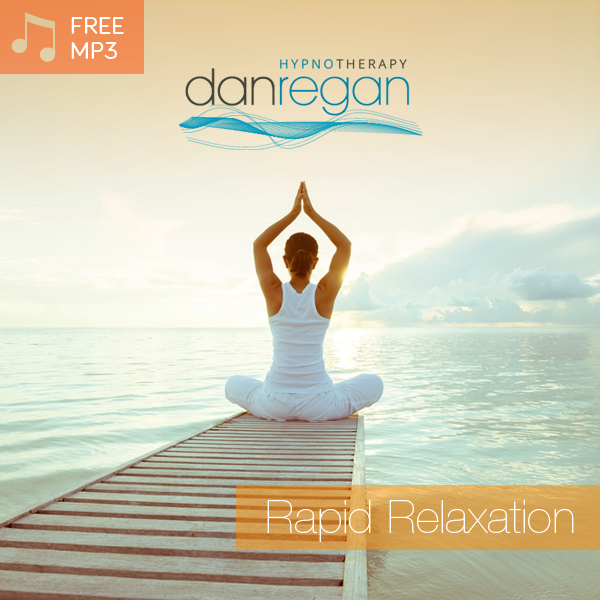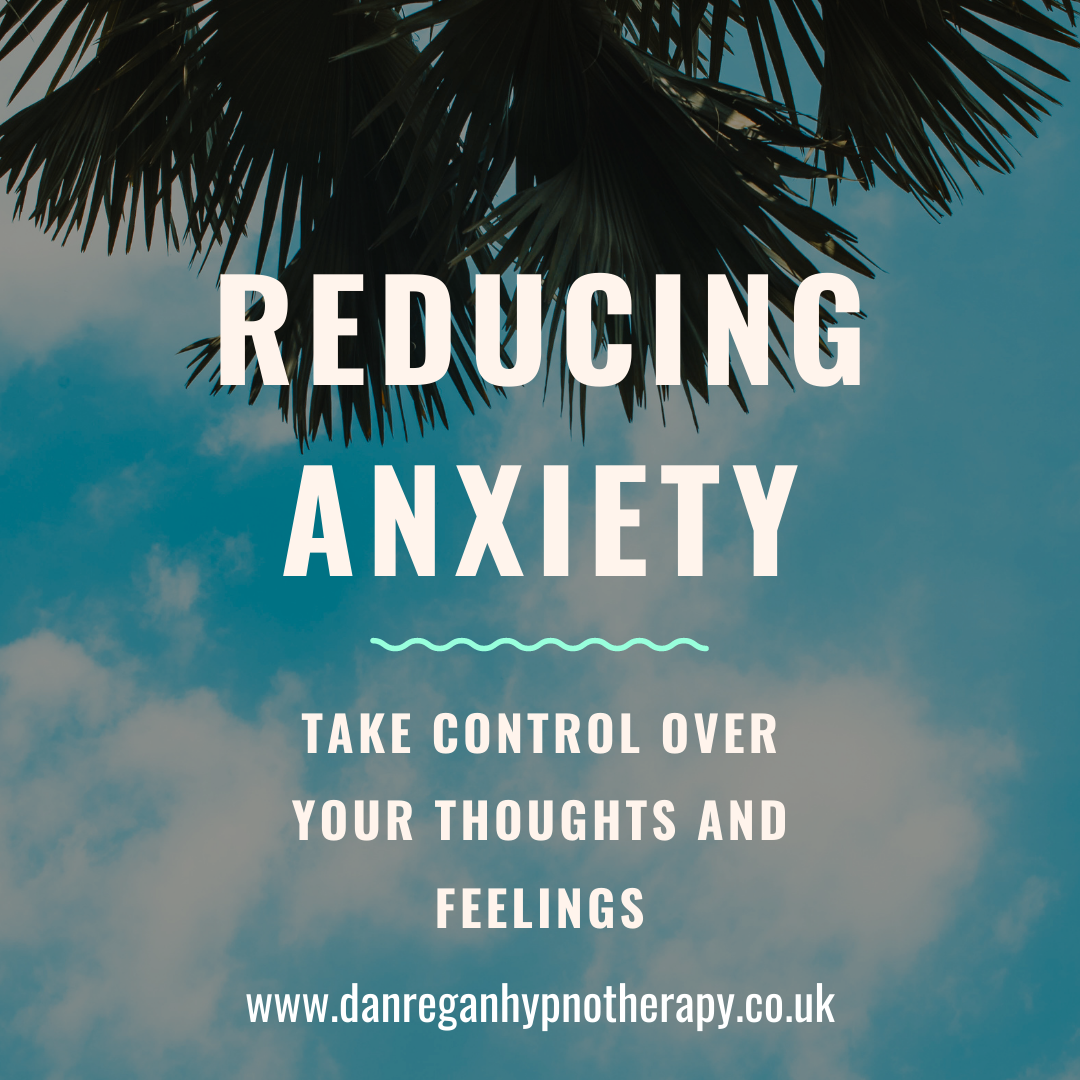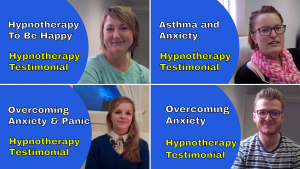Required
Reducing Anxiety and Take Control Over Your Thoughts and Feelings
Reducing Anxiety and Take Control Over Your Thoughts and Feelings
There’s no doubt that the pandemic has had a massive impact upon many people’s mental health and well-being. There has been stress, worry and anxiety through the many stages of restrictions, lockdowns and opening up that have taken place over the months.
You can find many articles about the mental health impact of the pandemic on this website, and I’ve written about reducing anxiety, fear, sleep problems and alcohol consumption, among other things. Covid 19 related anxiety, stress and worry has become a serious psychological issue.
If your mental health has been impacted upon by the pandemic then you may well be experiencing elevated levels of anxiety, stress or health anxiety. And I’ve certainly been helping people who are finding the removal of restrictions and the opening up of more aspects of our ‘normal’ lives to be causing problematic anxiety. Covid 19 anxiety syndrome can lead to avoidance, checking and heightened levels of worry and distress.
Covid 19 anxiety syndrome can involve issues such as avoiding public places (such a shops) due to the fear of contracting coronavirus, checking yourself (and others) for symptoms of Covid-19, becoming absorbed in news about the virus at the cost of getting on with other things, and imagining what could happen to family members if they contracted coronavirus (Nikčević and Spada, 2020). In essence, this anxiety syndrome, whilst pertaining specifically to Covid-19, involves the usual elements of anxiety, with avoidance, excessive worry, a heightened awareness of potential threat and all the accompanying unwanted thoughts and feelings.
Many of these anxiety issues may well continue to affect you even after the pandemic has passed, as anxiety certainly has a tendency to filter and generalise onto other aspects of what you think, feel and do. The good news, however, is that it is definitely possible to reduce your anxiety, interrupt unwanted thought processes and feelings, and to take back control over your thoughts, feelings, actions and reactions in ways that mean that you feel calm, confident and in control.
The Effectiveness of Hypnotherapy as a Treatment For Anxiety
I know from my own personal experience, and the awesome feedback I get from my clients, that hypnotherapy can help you with reducing anxiety and anxiety relief.
Scientific evidence also supports the overall effectiveness of hypnosis as a treatment for anxiety, with the research demonstrating that hypnosis is a highly effective intervention for anxiety (Valentine et al, 2019).
The findings of the research showed that hypnosis is a highly effective intervention for anxiety. They found that the average participant treated with hypnosis achieved more anxiety reduction than about 79% of control participants at the end of active treatment and about 84% of controls at the longest follow-up.
I first wrote about this research in this earlier article: The Effectiveness of Hypnotherapy as a Treatment For Anxiety
And it’s always worth being reminded that hypnosis adds to the effectiveness of cognitive behavioural therapy (Ramondo et al, 2021). There’s more on the latest research about this in this article: Hypnosis Enhances Results Of Cognitive Behavioural Therapy: Updated Science and Evidence
Using hypnotherapy, therefore, it is very possible to reduce the anxious thoughts and feelings that you have been experiencing. Instead you can find yourself feeling more calm, relaxed, comfortable and at ease.
Reducing Your Anxiety
How you feel and the kind of emotions you experience, directly influences the thoughts that dominate your mind. When you feel anxious, your mind readily fills with worst case scenarios and other unwanted outcomes, situations and consequences. As you think those anxious thoughts, your feelings increase and the whole thing can become a cycle of anxious thoughts and feelings that lead to you feeling worse.
The more you feel anxious and think of some future thing, the more you are inadvertently linking the anxiety to that thing. The dread can be overwhelming when you just think about and imagine it, so when you are actually in that moment or doing that thing, your anxiety magnifies. You mind has been primed in advance so that you feel anxious.
The thoughts and feelings you have when you feel more calm, comfortable, safe and relaxed are very different to those that take over when you feel anxious. Although you are more than capable of feeling calm, comfortable and relaxed, when you are in an anxious time, place or situation, those unwanted and uncomfortable thoughts and feelings dominate.
One way to think about anxiety is to imagine that you have a scale inside your mind. When you feel calm and comfortable, your scale is at the lower end and you feel able to think clearly, take positive actions and be capable of handling things. The higher up that scale your anxiety goes, the more overwhelming your feelings and the more uncomfortable you feel. Your ability to think clearly gets clouded and you probably either avoid that thing, desperately want the experience to be over or you may try to get away and escape away from it. The more you avoid things and escape from things that cause you anxiety, the less able you are to learn how to reduce your anxiety, and the immediate relief you get makes it likely that you will avoid things again in the future (Anxiety and Avoidance).
That’s why it’s so important to learn how to regulate your emotions and ways of managing and reducing anxiety. By learning how to interrupt unwanted thoughts and feelings, and to take more control over how you think and how you feel, you can reduce your anxiety and start feeling better in yourself.
Scaling Down Anxiety
The steps I’m covering here will help you to build your ability to feel calm in situations where you used to feel anxiety and dread. As you create your own scale in your mind and practice how to lower your scale to a more comfortable level, you will find yourself more in control over how you feel in the situations you encounter.
Follow these steps to begin reducing anxiety you may have been experiencing:
1. Ensuring you are sitting somewhere quiet, take a deep breath and close your eyes. If you know self-hypnosis techniques you could incorporate these here. Start to extend your out breath and say the word ‘relax’ to yourself on every breath out. You could tense and relax each part of your body or tell yourself that each part of your body is relaxing. You could imagine a calm colour or sensation spreading through you or fill your mind with a relaxing sound. You could engage your imagination and imagine being in a remembered or created place of calmness, seeing the sights and hearing the sounds. Or you can draw upon and utilise any other ways that allow you to feel comfortable, calm and relaxed. Your aim here is just to feel as safe, calm and comfortable as you can right now.
You can also use either of the processes covered in these articles: The Eye Fixation Induction In Hypnosis, Mindfulness For Anxiety, Stress and Promoting Mental Health
2. As you relax, inside your mind, imagine a large scale of some kind, like a thermometer, or a dial, that measures from one to one hundred. Have it as vividly as you can in your mind. Then notice that when you feel calm, relaxed and comfortable, that scale reads at the lower end of the measurements. The more calm and relaxed you are, the lower the reading on the scale.
3. With your scale in mind, begin to imagine and think about the sort of times, places and situations where your level of unwanted anxiety has been uncomfortably high for you. Imagine that you are there now, in one of those situations, seeing what you would see, hearing the sounds and noticing how you body feels and the sort of things that go through your mind. As you notice those things, look again at the scale in your mind and notice that the scale is now reading a much higher level than before.
4. Now, you can learn how to bring the scale right back down again to a level where you feel more calm, relaxed, comfortable and at ease in this particular situation. Start to imagine with every breath in you are breathing in calmness, and that with every breath out, you breathe away any tension and you relax even deeper. Really imagine and tell yourself that with every breath in you are filling yourself with more and more calmness and then relaxing more as you breathe out again.
As you breathe in this way, each time you breathe in, say the word’ calm’ to yourself and every time you breathe out, say the words, ‘relaxing more and more’ to yourself. As you continue to breathe in this way, start to notice how with every breath the scale moves down lower and lower towards the lower, more comfortable, calm and relaxed place on the scale. Continue breathing in this way until you reach a comfortable level on the scale, where you feel calm, relaxed, comfortable and at ease.
5. Then move onto and imagine being in another kind of time, place or situation where you have experienced unwanted anxious thoughts and feelings. Imagine being there now, noticing what you see and hear, how your body feels and the sort of things that go through your mind in this situation. And, again, notice that when you experience these unwanted anxious thoughts and feelings the scale reads at a much higher level.
And then once again start to imagine that with every breath in you are breathing in calmness, and with every breath out, you breathe away any tension and relax. Every time you breathe in say the word ‘calm’ to yourself and when you breathe out you repeat the words, ‘relaxing more and more’ to yourself. Continue breathing in this way until you reach a comfortable level on the scale, where you feel calm, relaxed, comfortable and at ease.
6. Having done this, now imagine yet another time, place or situation where you used to experience unwanted anxious thoughts and feelings. Imagine being there now, noticing what you see and hear, how your body feels and the sort of things that go through your mind, and noticing again what the reading on the scale is for you here.
Breath in calmness and breath out and relaxing more and more. Lower the scale and bringing it back down to the most comfortable level for you right now, where you are once again balanced, calm, relaxed and comfortable.
7. Tell yourself and know in your mind that you can access your scale anytime you wish from today, that you can notice where you are on the scale and then lowering it to a more comfortable level for you as you breathe. Then, having done so, and knowing that it’s just going to happen, and knowing that you’ve got this, now, count up from 1 up to 5 inside your mind, open your eyes and reorientate yourself to your surroundings.
Do make use of this process to learn as a method of quickly and effectively reducing anxiety and taking control over your thoughts and feelings in particular situations and moments in your life. The more you practice this technique, the more easily you will be able to recall it and make use of it in real life moments when you want to feel more calm, relaxed and comfortable.
If you would help with reducing anxiety and you would like to be guided through this anxiety relief technique then you can get your copy of this hypnosis download that does just that for you: Dial Down Anxiety Hypnosis Download
To your relief from anxiety success,
Dan Regan
Anxiety Hypnotherapy in Ely & Newmarket
Online Skype and Zoom Hypnotherapy
You can read more about hypnosis as a treatment for anxiety in these articles: Anxiety Articles
Seeking help to overcome your anxiety? Book your Complimentary Hypnotherapy Strategy Session with Dan now: Appointments
You can discover what other people have said after their anxiety hypnotherapy sessions with Dan: Testimonials
And check out these powerful anxiety hypnosis downloads that can start helping you right away: Anxiety Hypnosis Downloads
References:
Nikčević, A.V. and Spada, M.M., 2020. The COVID-19 Anxiety Syndrome Scale: development and psychometric properties. Psychiatry research, 292, p.113322.
Ramondo, N., Pestell, C., Byrne, S. and Gignac, G., 2021. Clinical Hypnosis as an Adjunct to Cognitive Behavior Therapy: An Updated Meta-Analysis. International Journal of Clinical and Experimental Hypnosis.
Valentine, K.E., Milling, L.S., Clark, L.J. and Moriarty, C.L., 2019. The Efficacy of Hypnosis as a Treatment for Anxiety: A Meta-analysis. International Journal of Clinical and Experimental Hypnosis, 67(3), pp.336-363.
Get Your Copy Right Now…
Subscribe to Dan’s Digest filled with tips, strategies and techniques and get instant access to your free rapid relaxation hypnosis audio track.
Enjoy feeling and being more mentally calm and physically relaxed right now:





0 Comments